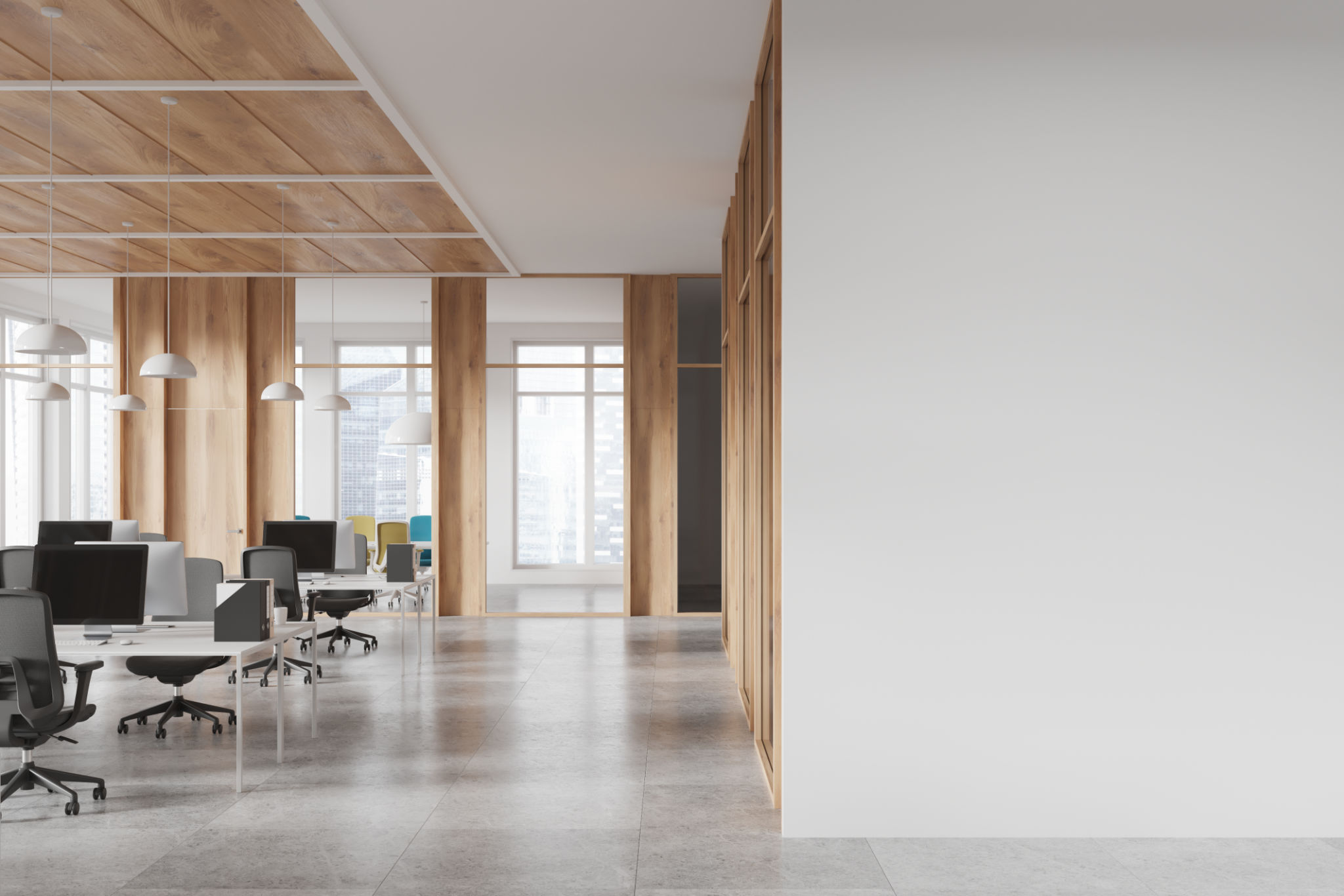A Case Study: Smart Glass Installation in a London Office
Introduction to Smart Glass Technology
In the ever-evolving landscape of modern office environments, the introduction of smart glass technology has been a game changer. Smart glass, also known as switchable glass, offers various benefits, from enhancing privacy to improving energy efficiency. This case study explores the successful installation of smart glass in a prominent London office, highlighting the challenges and triumphs of this innovative solution.
Smart glass technology allows users to control the transparency of glass panels, switching from clear to opaque with the touch of a button. This capability not only provides privacy but also contributes to a sleek and modern aesthetic. The London office in question decided to implement smart glass as part of their renovation project, aiming to create a more dynamic and adaptable workspace.

The Installation Process
The installation process for smart glass in the London office was carefully planned and executed. It involved collaboration between architects, engineers, and installation experts to ensure seamless integration into the existing office structure. The first step was a thorough assessment of the office layout to determine the optimal placement for the smart glass panels.
Once the design was finalized, the installation began with minimal disruption to daily operations. The smart glass panels were custom-fitted to existing windows and doors, allowing for easy transformation of office spaces without extensive remodeling. The project was completed on schedule, thanks to efficient planning and skilled execution.

Challenges Faced
Despite the ultimate success of the project, several challenges were encountered during the installation process. One significant hurdle was ensuring compatibility with existing electrical systems to power the smart glass technology. This required close collaboration between electrical engineers and the smart glass installation team.
Another challenge was maintaining temperature regulation within the office. As smart glass can affect thermal insulation, adjustments to the HVAC system were necessary to maintain a comfortable indoor environment. These challenges were addressed through innovative solutions and expert problem-solving.
Benefits Realized
The benefits of installing smart glass became apparent soon after completion. The most notable advantage was enhanced privacy for meeting rooms and offices without sacrificing natural light. This adaptability allows employees to focus without distractions while still feeling connected to their surroundings.
Energy efficiency was another significant benefit. Smart glass reduces glare and heat from sunlight, decreasing the need for artificial lighting and air conditioning. This energy-saving feature aligns with the company's commitment to sustainability and reducing its carbon footprint.

Employee Feedback
Employee feedback on the smart glass installation has been overwhelmingly positive. Staff members appreciate the ability to control their environment, enhancing comfort and productivity. The modern aesthetic of smart glass also contributes to a more attractive workplace, boosting employee morale.
Moreover, clients visiting the office have expressed admiration for the innovative use of technology, which reflects positively on the company's image and commitment to cutting-edge solutions.
Conclusion
The case study of smart glass installation in this London office demonstrates the transformative potential of this technology in modern workspaces. By overcoming challenges and realizing significant benefits, this project sets a precedent for other offices considering similar upgrades.
As businesses continue to evolve, embracing technologies like smart glass can enhance functionality, sustainability, and employee satisfaction. The success of this installation serves as a testament to the value of investing in innovative solutions that meet the demands of contemporary work environments.
